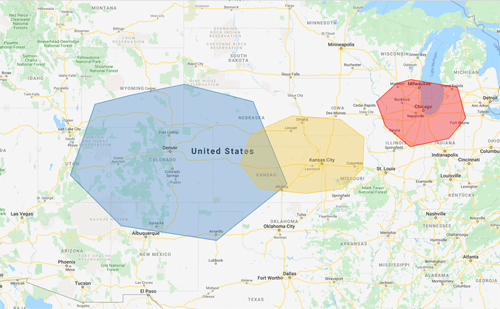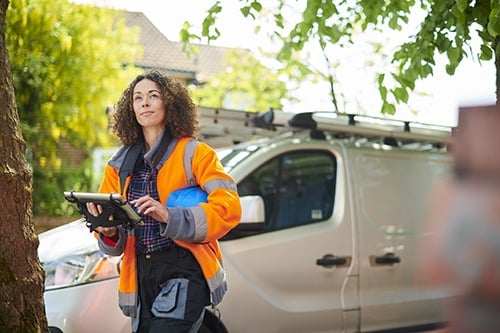4 unexpected ways your business can benefit from Geofencing
Geofencing helps you control whether your vehicles are in or out of certain areas at defined times. Did you know these four clever ways of using the feature?
Moving a tracker: How to maintain access to your data
Ensuring that you have uninterrupted access to your vehicle tracking data is our number one goal. Here's what to keep in mind when moving a tracker between vehicles.
Looking back at 2021
We’d like to share some memories as we look back at a challenging, but ultimately successful 2021 here at Quartix.
Maintaining a healthy fleet during times of inactivity
Vehicle tracking is always a valuable tool for a business that relies on its mobility, but it can be just as useful to your fleet during periods of inactivity.
Improving driver performance: The pros, cons and alternatives to in-cab feedback
Many vehicle tracking companies have an in-cab feedback option as a way to improve driver behavior and reduce the risk of accidents, but there are several reasons why it might not be best for your business.
What does US law say about vehicle tracking?
Understand the legal responsibilities for business owners and fleet managers that accompany using a vehicle tracking system.
Reducing fuel and fleet maintenance costs
Industries such as logistics, haulage or passenger transport have the potential for huge savings when it comes to fuel and vehicle maintenance. Here are some ways to transform fleet operations and drive down these key expenses.
Can telematics create savings for site-based teams?
If your company vehicles remain at customer or work sites for most of the day, you might be wondering how a vehicle tracking system can benefit your business. Here are five different ways you can still create significant savings with telematics technology.
Getting an ROI from low rolling resistance tires
Low rolling resistance tires can improve a vehicle’s fuel economy by around 3-10%, but they are around 50% more expensive than standard tires. United Tires gave us some tips to help fleets decide if this upfront investment will pay for itself over time.








